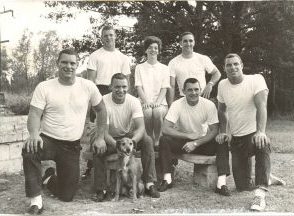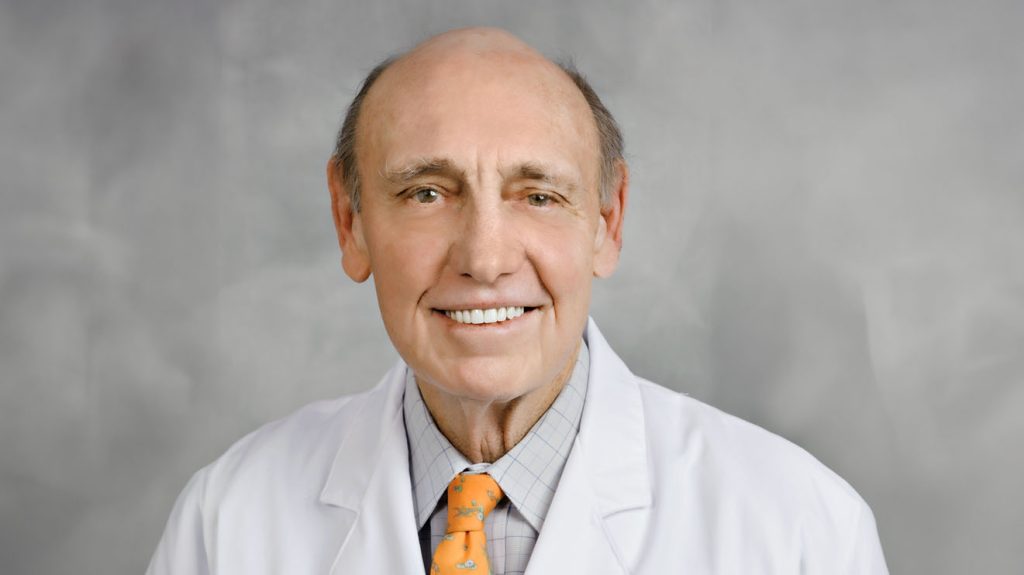By John Branston
It is hard to drive more than 15 miles in Memphis and Shelby County without passing a sportsplex, basketball court complex, climbing wall, Bouncy World, pickleball courts or new tennis courts.
Once there were vacant lots, overgrown fields, hoops in the streets, cinder tracks, concrete tennis courts with weeds in the cracks and shredded nets, outdoor “fitness trails” and public pools with “Closed” signs and scummy water in them.
Thanks to public and philanthropic largesse, Title IX, and longer life spans, we now have such wonders as Leftwich Tennis Center, the outdoor covered basketball courts at Tom Lee Park and indoor ones at the old fairgrounds, the Kroc Center, and public and private high schools that look like Olympic training sites.
Briarcrest High School, to take one example, has 38 sports teams for boys and girls including field hockey, trap, mountain biking and cheer.
It is a cliché that cities must protect and recruit eds and meds (schools and hospitals) to grow and prosper. We should add “orthopaeds” to that line. As The New York Times noted, Americans spend more on health care than groceries or housing, and health care is the top employer in Tennessee.
The sports explosion means more injuries and chronic pain to be treated at places like Campbell Clinic, which is both benefactor and beneficiary, with a vast real estate complex and payroll. Campbell Clinic specializes in pediatric surgery but there are plenty of geezers like me who get shoulder, hip, or knee replacements – and weekly marketing emails in our inbox. (“Some surgeries may be covered by Medicare.”)
Dr. Terry Canale was one of the early Campbell surgeons, marketers, storytellers, and a lifetime jock himself. The name Canale connotes the greatest football family in Memphis to older generations.

Canale Brothers – Frank, George, Whit, Justin, Billy and Conn – photo from Tennessee Sports Hall of Fame. With sister, Mary.
Terry (who died in 2023) was physician for the University of Memphis football team and played collegiately for Virginia in the 1950s. His cousins Whit, Justin, George, Frank, Billy and Conn all played college football a Tennessee or Mississippi State. Sports Illustrated described their family farm as a “gladiatorial training ground.”
Justin and Whit, who both played pro ball, were the Incredible Hulks who took turns winning the state high school shot put championship in 1959 and 1960. Every 98-pound weakling who put on a jock strap would have given his comic book collection and Converse All Stars to look like them in jeans and t-shirt. But the brothers paid a big price.
Justin played offensive guard and kicker for Mississippi State in the Joe Namath years of the Southeastern Conference. From 1965-1975, he played for the Boston Patriots of the AFL, the Cincinnati Bengals of the NFL, the Memphis Southmen of the World Football League, and three different pro teams in Canada. He kicked straight on, old-school style, and could make them from 50 yards. He underwent 20 operations for football injuries, some performed by his cousin Terry.
I remember him as being like a Greek god,” said his cousin, Drew Canale. “He and Whit were huge men. As a little boy, they scared me to death. Justin was probably the best known of all the Canales. He was a gentle giant.”
I got to know Justin while doing research for a magazine article. He insisted on calling me “Mr. Branston” although I was several years his junior, and if he was behind the register at the family grocery store in Eads, I had as much chance of paying for a ham sandwich as I did of beating him at arm wrestling.
(Justin and Whit Canale both died in 2011, within a few weeks of each other.)
“As a surgeon, I saw Justin five times, and finally took his kneecap out,” said Terry Canale. “Whit I only saw a couple of times. He got his knee wiped out playing for the Detroit Lions. He was never the same either. Those guys loved to play sports even after pro football. When they couldn’t play they started putting on weight
“ I have thought over the years about football players like that. If they don’t keep working out and keep lifting they just turn to fat. We see that over and over. When their career is over they don’t have much.”
Terry Canale weighed 220 when he played college football. After medical school he started running to lose weight. His routine was unusual and, some might say, unwise. He ran on the sidewalks of Memphis in the summer heat in a rubber sweat suit.
At Campbell Clinic, orthopaedics went from exotic treatment in a small office tucked into a big downtown hospital to common practice in a substantial stand-alone building in East Memphis, Germantown, or Collierville – sometimes as same-day surgery. Medical supply public companies listed on the stock exchanges by brokerage firms like Morgan Keegan took note – among them Sofamor Danek, Wright Medical, Richards Medical and Smith and Nephew. New materials meant longer-lasting joints that not only prolonged life but also made it more active and enjoyable. Operating room to pain specialist to physical therapist to expanded building – an industry was born that complemented FedEx in “America’s Distribution Center.”
***
To read more John Branston’s posts, go to categories on the right side of this blog’s home page and select his name.
John Branston has been contributing to Smart City Memphis for four years. Before that he wrote columns, breaking news, and long-form stories for The Commercial Appeal, Memphis Flyer, Memphis magazine, and other print and online publications. He is author of the books Rowdy Memphis (2004) and What Katy Did (2017). He is a journalist and opinion writer. His stories are based on reporting, interviews and quotes supported by notes or a tape recorder. He has written about people who made Memphis what it is, for better and worse; about sleep issues and depression; about racquet sports; and about travel in the South and West.



